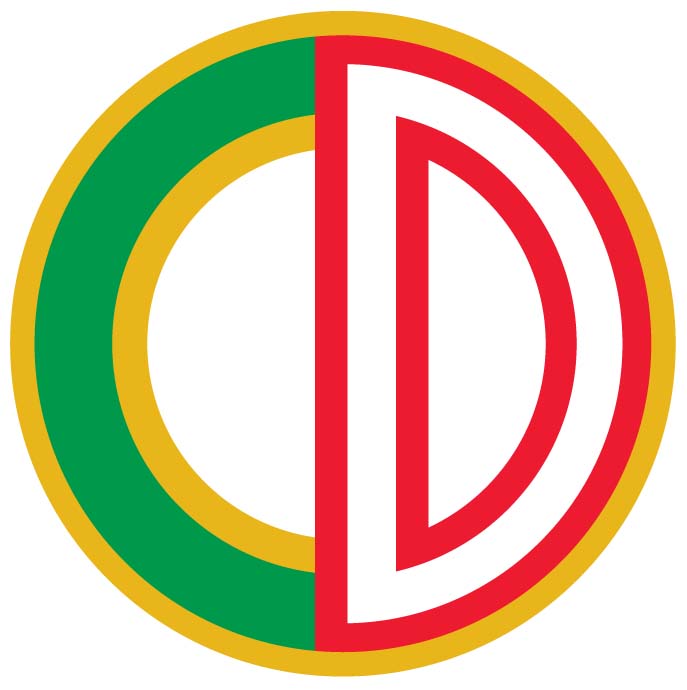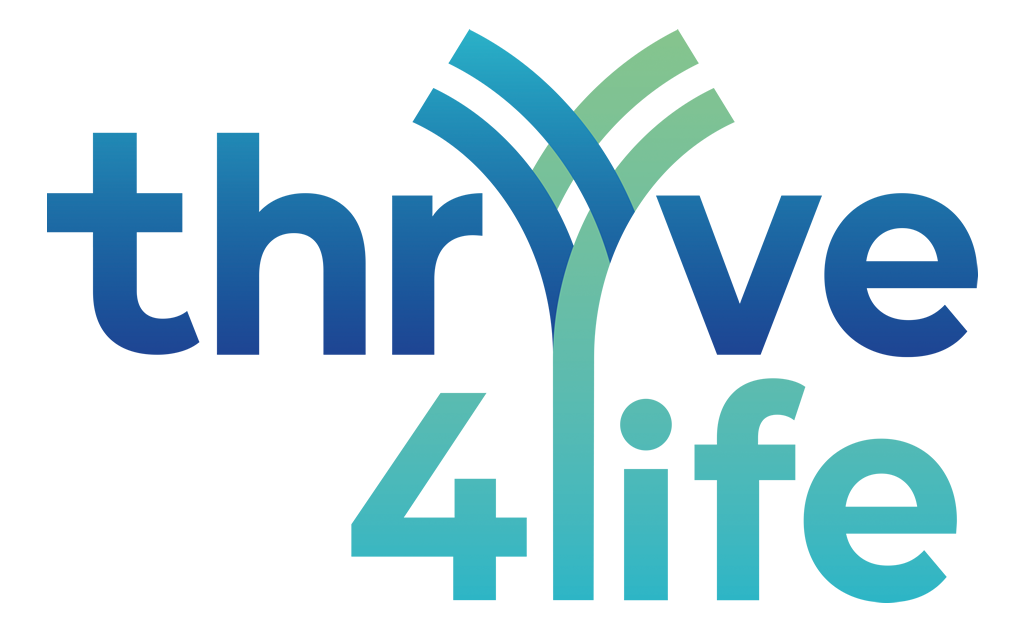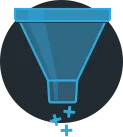Summary
Struggling to get clicks from Google, even when you’re ranking well? Your meta descriptions could be the problem. In this guide, we’ll show you exactly what they are, why they matter, and how to write ones that grab attention and drive traffic - without overcomplicating things.
Meta descriptions might just look like small bits of text in Google search results, but they’re a big deal when it comes to getting people to click through to your website. Think of them as a short pitch for your page.
If you’ve ever wondered what exactly a meta description is, why it matters, and how to write a good one, you’re in the right place.
Our SEO Specialists are here to break it down for you:
What Is a Meta Description?
A meta description is a short piece of text (about 130–160 characters) that summarises what’s on a web page. You’ll usually see it:
- Under the page title and URL in Google search results
- In link previews on social media when a page is shared
- In messaging apps when you paste a link
A good meta description should sum up your page clearly while giving people a reason to click.
What Is a Meta Tag?
Meta descriptions are a type of meta tag — small snippets of HTML code that tell search engines and visitors about your page. The two most important meta tags are:
- Title Tag – The clickable headline in search results.
- Meta Description – The short summary beneath it.
Both sit in the
section of your web page’s code.
Where to Add a Meta Description
If you’re working directly with HTML (and don’t have a great SEO agency handling it for you – like us!), you can add a meta description like this:
html
CopyEdit

If you’re using a CMS like WordPress or Siteglide (which is what we use here at Website Success), you won’t need to touch code. Both platforms have built-in SEO fields
Why Meta Descriptions Matter
While they won’t directly push your page higher in Google rankings, they do influence click-through rate (CTR) — which can have an indirect impact on SEO.
A well-written meta description can:
- Catch the eye in busy search results
- Highlight keywords (Google bolds them if they match a search)
- Encourage clicks by showing why your page is worth visiting
A weak or irrelevant description could mean you lose out to a competitor, even if you rank higher.
How to Write a Great Meta Description
Here’s a quick checklist to keep your meta descriptions working hard:
- Lead with your main keyword – Google may bold it in search results.
- Be clear and concise – Avoid vague or filler language.
- Make it compelling – Treat it like an ad for your page.
- Match the page content – Misleading descriptions hurt trust (and SEO).
- Keep it between 130–160 characters – Longer text will be cut off.
- Write unique descriptions for each page – Avoid duplication, which can harm your SEO.
Tip: If your website has a lot of pages, start with the ones that get the most traffic or are most important to your business.
Good vs. Bad Meta Descriptions
Good:
|
Bad:
|
Affordable website design for small businesses. Get a mobile-friendly site that helps you convert visitors into customers.
|
Welcome to our homepage where we do lots of things. Click here for more information.
|
The first is clear, keyword-focused, and offers a benefit. The second is vague and gives no reason to click.
Let Us Handle It for You:
Writing unique, optimised meta descriptions for every page takes time, and it’s easy to put it off. But done right, they can make a huge difference to your website’s performance.
At Website Success, we can write and optimise your meta descriptions and title tags to drive more traffic to your site under our SEO support services – we’ll also refresh them as your business grows!
Ready to get started?
Call our Chichester digital marketing agency today on 01243888555 or click here to book a chat in our diary.






























